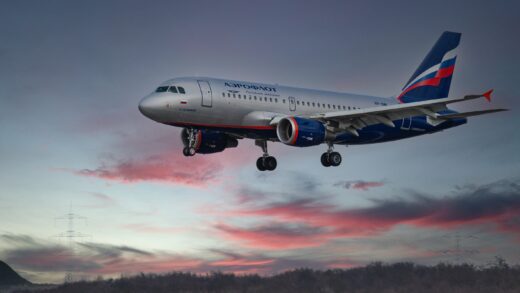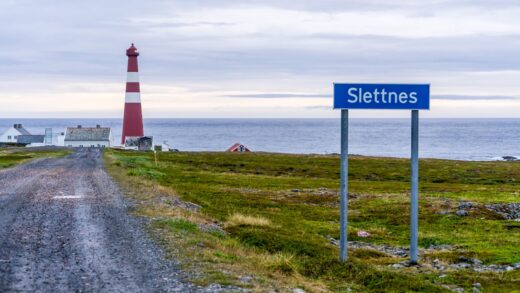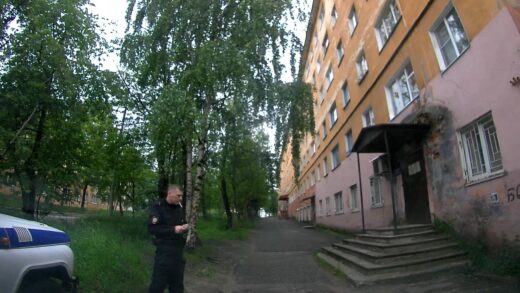The article was first published on Lonely Planet China magazine, Issue 2021/08
This English version was translated from Chinese original with DeepL. I apologize for any mistakes made by this AI translation tool.
The “northernmost land border in the world” is actually between Norway and Finland. However, since the two countries are part of the Schengen area, there are no checkpoints, so the title of “world’s northernmost land border checkpoint” falls on Borisoglebsk-Storskog, and the only one between Norway and Russia.
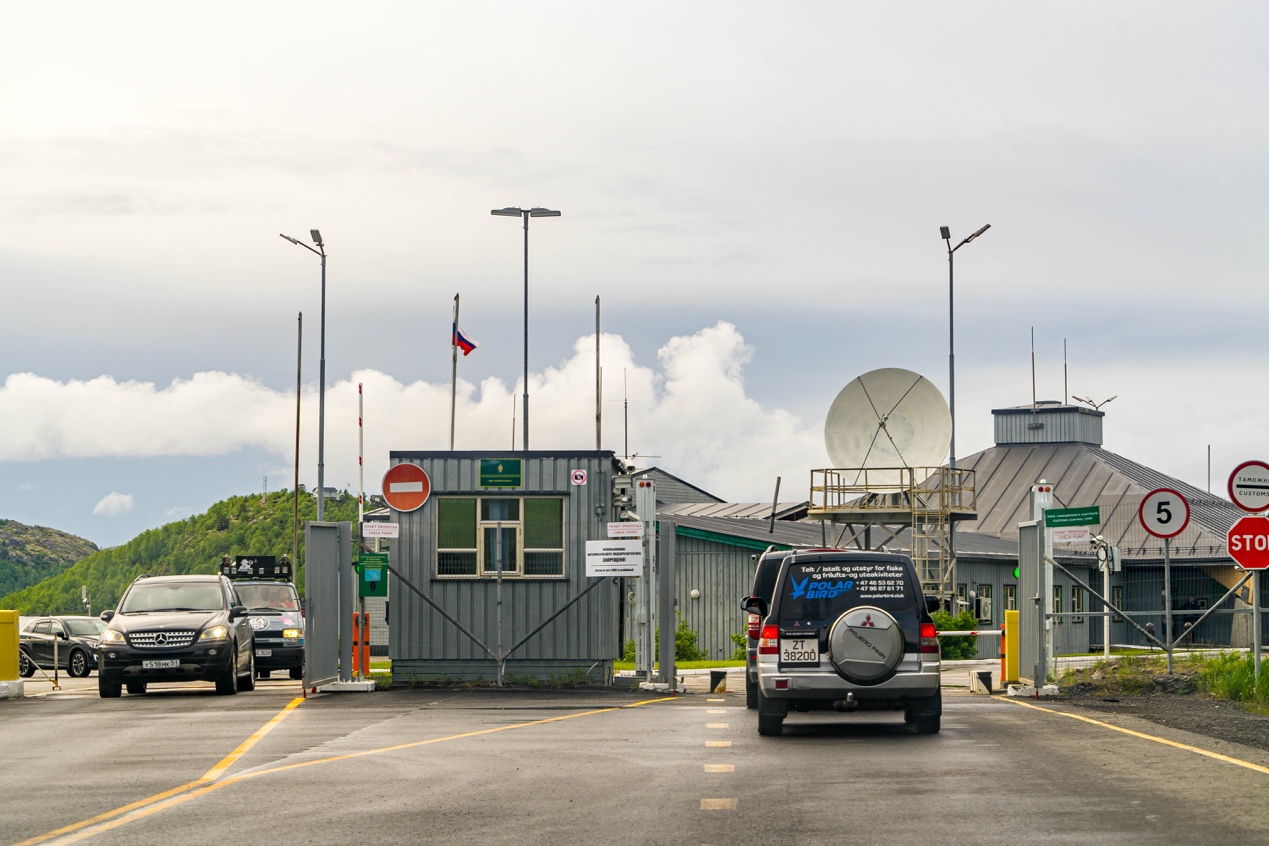
Having just shaken off the “KGB”‘s trail, we had a new challenge to face: this border crossing is so remote that it is unlikely that many third-country visitors will cross it, except for border crossers from both countries. From our experience, a special attention was probably inevitable.
The “first hurdle” was the exit from Russia. As it turned out, even though we were driven by a companion in an attempt to get “simplified checks” as girls at the border crossing, it was to no avail. Our luggage was ordered out of the car, spread out flat, and sniffed by vicious drug-sniffing dogs. As for the car itself, we were asked to drive up to a high platform, where nervous customs officials, armed with flashlights, went underneath the car and inspected every single line.
After a lot of rummaging, we finally finished checking our luggage, but then we got “stuck” in the customs procedure. We entered Russia from Belarus. The border between the two countries is not normally open to third country travellers, with the only exception being during the World Cup. So when we drove across the border between the two countries, we didn’t receive any official border or customs checks, even the declaration form for temporary entry of the vehicle was from Belarus. This was a problem for the staff who handled the formalities.
I can’t blame him: here we were, two Chinese, in a Georgian car with a Belarusian customs declaration, going through the Russian checkpoint to Norway – a case that could have been written in a globalization textbook, and one he had probably never encountered before in his entire career. He spent ten minutes clicking left and right on the computer, scratching his head, not knowing what to do, until the passengers at the back of the line looked impatient. In the end, he simply put our declaration aside, shook his head with a bitter smile, waved his hand, “You guys go,” and so let us go.
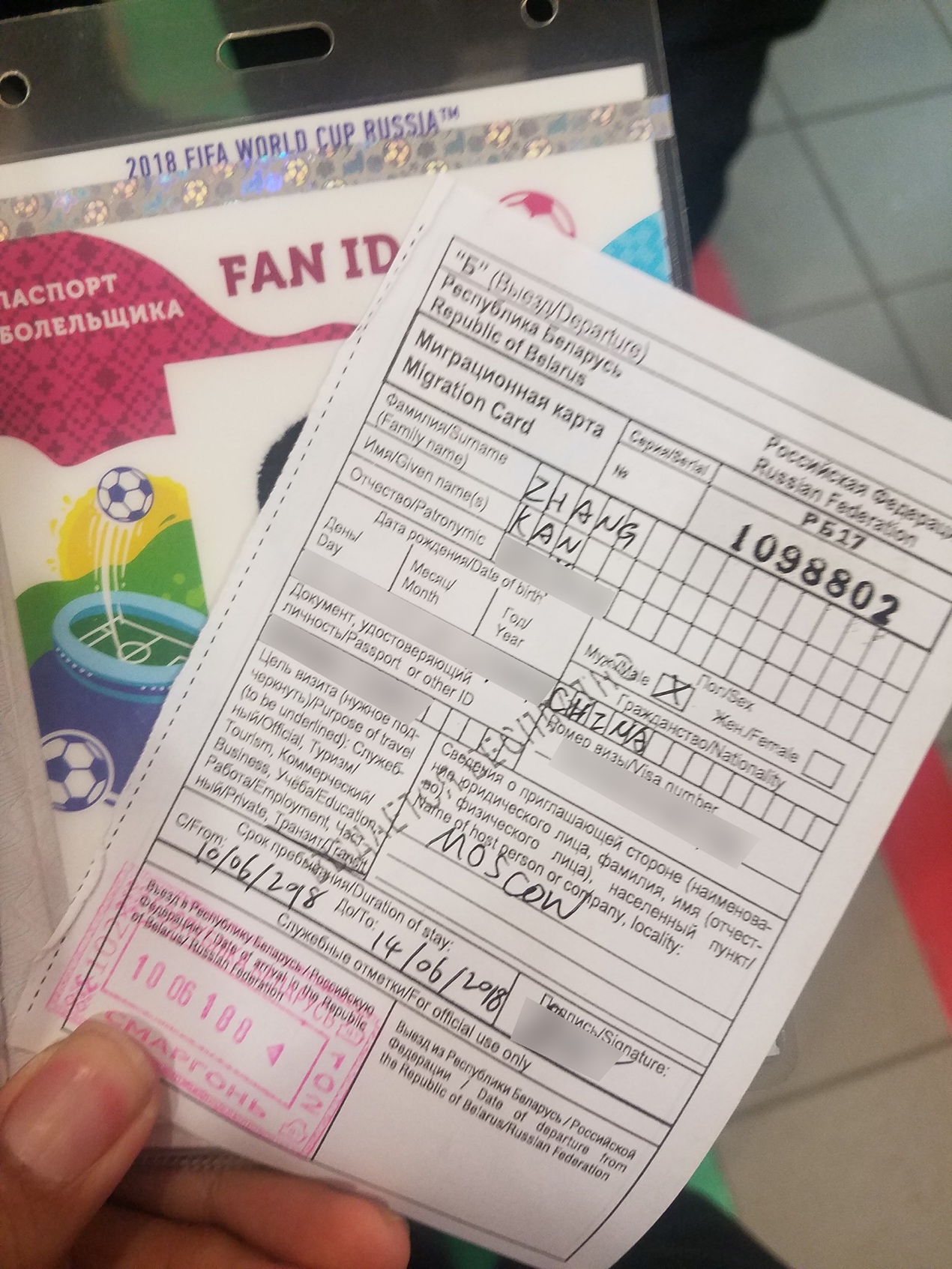
This good fortune did not last long, however, as we were given a “downward spiral” just after arriving on the Norwegian side.
“This is your Green Card? No, no, this is definitely not okay!” The Norwegian police officer at the window, with a stern rebuke, pushed out the documents we had handed over. Her face was characteristically Nordic aloof, a far cry from the “Russian warmth” we had become accustomed to.
The Green Card is a compulsory insurance policy sheet for vehicles that is common in Europe. Before we came to Europe, we had asked a friend in Italy to buy the insurance for us. However, in order to save time, we didn’t ask them to send us the sheet, but thought it would be smart to print a scanned copy of the sheet on a similarly green cardboard. For almost six months, we had been able to travel around Europe without any problems with the DIY version of the Green Card, but we didn’t expect it to fall through towards the end.
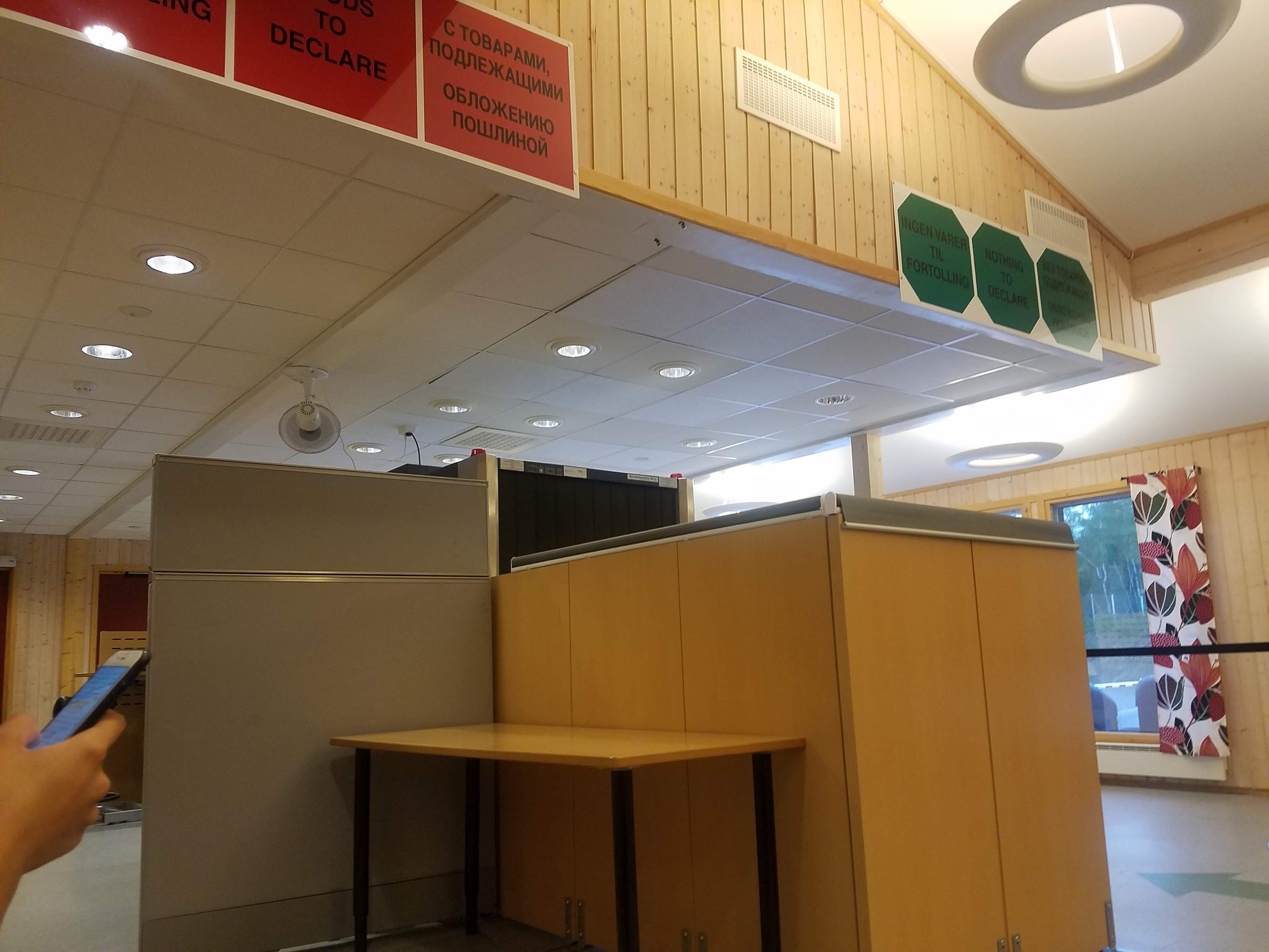
“Either buy insurance from me, or go back to Russia if you guys want.” She seemed to give us an option, but it didn’t – go back to Russia and spend another half day reliving what we’d just experienced twice? We weren’t going to do that! Just had to pay up. Norway is much more efficient than Russia, and in 10 minutes a genuine insurance policy with our license plate number and a nice tamper-evident sticker was ready. But the cost was over 100 Euros – enough for a week’s stay in Murmansk!
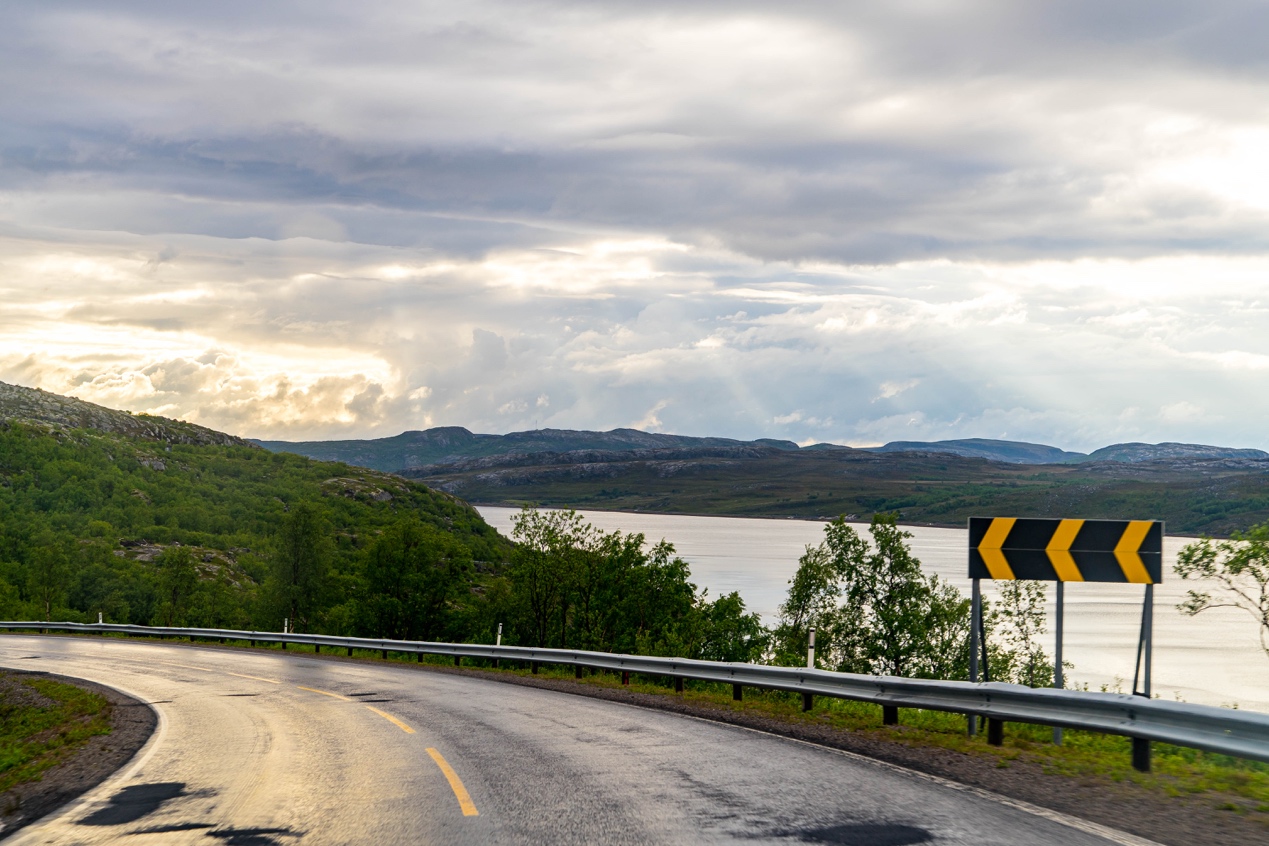
Little did I know that the Green Card fiasco was just the beginning. Maybe it’s because it’s been too long since we’ve had a real tourist, but the police officer was so excited to ask all the questions she could about the Schengen laws! From basic personal information, the travel process, to carry-on luggage, future plans …… and even our credit cards, she had to see for herself before she counted. The last question was, “Did you bring food?” After getting an affirmative answer, she suddenly smiled mysteriously, “Come on, let’s go to the car!”
Unlike the Russian “unpacking” inspection, she was not interested in the rest of the luggage, but in the canned goods we had just bought in Murmansk to “fight” the high prices in Norway.
The cans of meat with attractive pictures of cows’ and pigs’ heads were carefully picked out one by one, while the cans of fish and other food were extempted. Soon, the cans were piled up like a hill.
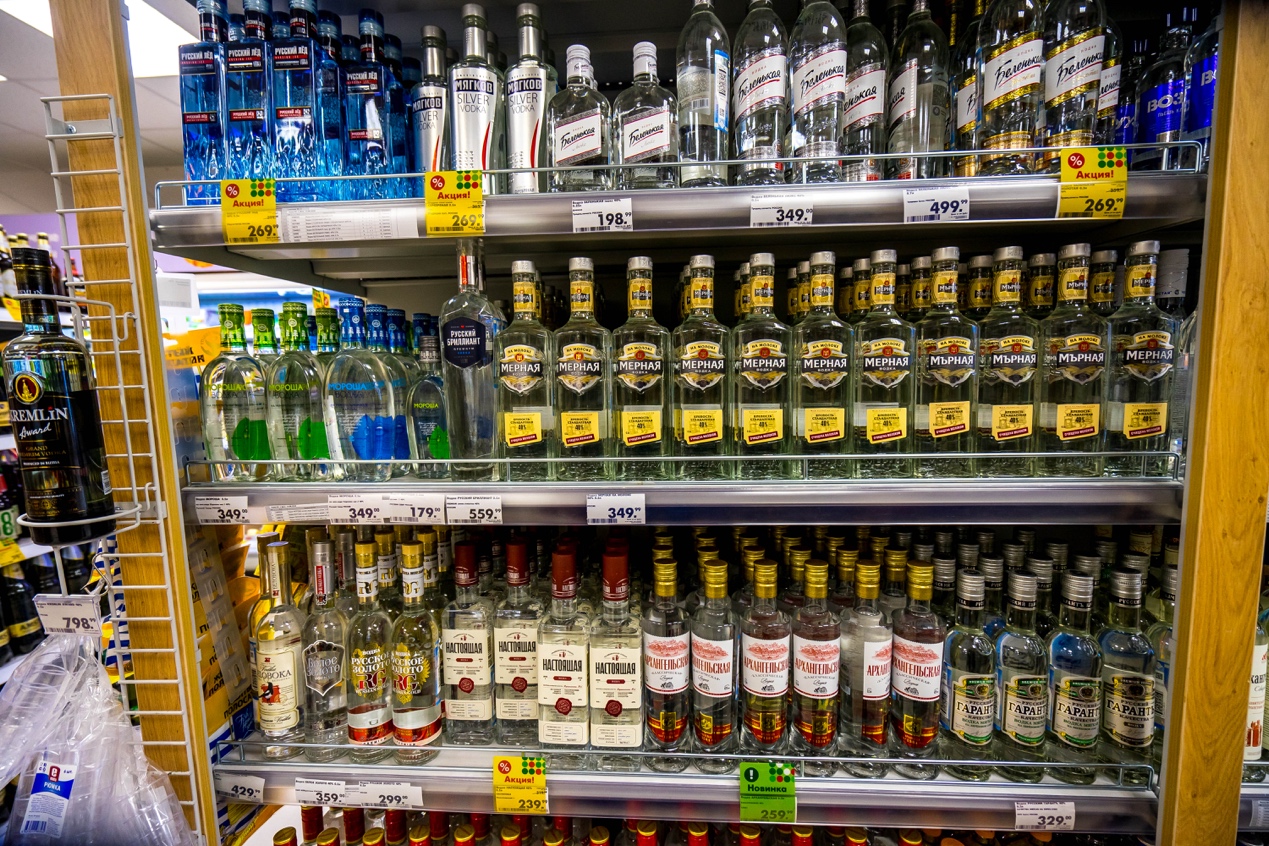
“These meats are forbidden to be carried, and I must throw them away. But because you declared them honestly, there will be no fine.” She seriously affirmed Norwegian law to us, but then dissolved into a look of gloating, “I’m really sorry, you probably won’t have any meat to eat. But …… we have plenty of good canned food in Norway too!”
“Spending dozens of Euros on a can of food? I’d rather become a vegetarian for now.” I cursed in my mind.
Neverthless, after all the difficulties, we finally managed to reach Norway.

